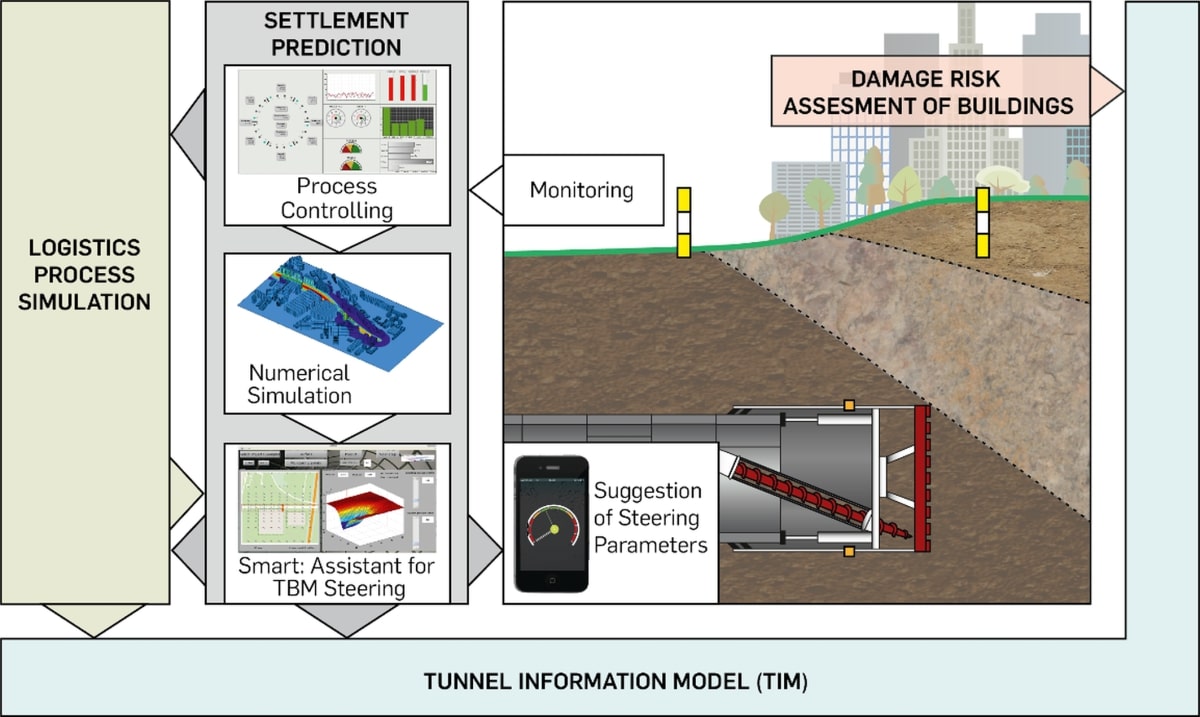Computational steering is a technology used in computer-aided engineering and related disciplines. It is defined as the ability to use a computer to control and modify design or analysis parameters in an iterative and interactive manner. It helps to speed the process of engineering development by enabling complex simulations and evaluations to be set up, visualized, and managed in real time.
The purpose of computational steering is to allow engineers and researchers to focus on the analysis of results while the underlying computer-simulated processes run in the background. This reduces the need for continuous manual intervention, and the steering technology can also be used to quickly examine different parameters and conditions without the need to start the simulation over from the beginning.
The use of computational steering began in the early 1990s by researchers in mechanical engineering, computational fluid dynamics, and visualization. Today, it is used in many areas, including biotechnology development, medical research, geology, meteorology, astronomy, particle physics, and more. The technology is constantly being developed and refined to improve its ability to create virtual prototypes and analyze the results in real time.
Computational steering is typically used in simulations involving large sets of data, multi-disciplinary modeling, and complex analyses. It can also help to reduce the number of design iterations required to reach a solution, through its ability to quickly modify parameters and test potential scenarios.






